The Leicva M8 and Zeiss Biogon 2/35 does Tyrolia
By Felix Esser
Today, I would like to tell you about my experience with the Zeiss Biogon T* 2/35 ZM on the Leica M8. As you may (or may not) already know, the 2/35 Biogon ZM is a very high-esteemed lens in the rangefinder world. If you didn’t already, I suggest you read Steve’s review of the lens (you can see this review here) on the Leica M9, in which he praises it quite a lot. I’ve been using this lens for a couple of months earlier this year, and even though I had to sell it eventually to fund some other lenses, it has won a place in my heart. This article is about my experience with this lens during our traditional summer holidays in Tyrolia, Austria this year.
For the last thirty-something years, my wife’s family would traditionally spend their summer holidays in a small village called Nassereith, situated in the north-west of Tyrolia, close to the German border. Her grandparents were the first to visit, rather by chance actually, and liked it so much that they would come back each year, accompanied first by their children and later also by their grandchildren. Today, our son Emil is the fourth generation of her family to visit the place.
Nassereith is a small village at about 2500 feet altitude in the western Tyrolian alps, surrounded by mountains in every direction. It is located between the Mieminger Plateau, the city of Imst and the Tyrolian capital Innsbruck, and anywhere between Nassereith and any of these three places, possibilities for hiking, trekking, climbing, skiing, rafting and other outdoor activities abound. Even so, the climax of Nassereith’s tourist attraction has long passed, as becomes obvious by the many decaying buildings all around the place. Those who come, however, often come again.
On our many hiking trips, the Biogon has proven to be an excellent companion. Wandering the gorgeous landscapes, it helped me effectively capture the many wonderful scenes I passed by. With its effective field-of-view of 47mm on the Leica M8, the lens was well-suited to capture not only entire landscapes (if they stretched far enough), but also landscape details, environmental portraits, close-up portraits and even close-ups of nature details.
The Biogon is excellently sharp already wide open at f/2, and becomes bitingly sharp when stopped down. It has rich, warm colours and strong contrast, which is good for nature shots. Stopped down to f/8, I could capture entire landscapes sharply across the whole frame, and at f/2, it delivered superb subject separation for close-up shots. There isn’t really much that this lens isn’t suited for.
What I especially loved about this lens was how it makes subjects stand out from the background when shooting at larger apertures. (This is what is called the ‘Zeiss 3D pop’.) This made it especially satisfying to take close-up pictures of details such as small flowers or animals, and even at medium distances, there is enough background defocusing to create interesting effects. But the lens also shines when used stopped down, when everything is in focus, sharp, with great macro and micro contrast, superb colours and a very even rendering across the whole frame.
The Biogon 2/35 ZM really is an outstanding lens, as I am sure many of you already know from first-hand experience. It’s also a bang-for-the-buck lens, being optically excellent and still affordable for many of us. According to Steve, it shines on the M9. It shines on film from what I can gather, and it also shined on my M8. So there really isn’t any reason not to own one. Still, I sold my copy. Why? Well, my budget was tight, and even though it was a great performer overall, it was quite restricting for me as my only lens. I wanted something faster and something wider, so I sold it and got a fast 28 and 50 instead – a combination which suits my needs much better. Going through the pictures I took with it, however, I always remember how much I liked it. So, if I should have the opportunity one day, I might get another one, just because it’s such a great little lens.
One last word: if you like hiking, climbing, rafting and/or other activities in the mountains, or if you just plain like the mountains themselves, and if you’re uncertain where to spend your next holidays – go to Nassereith. People are lovely there, the landscapes are gorgeous, the air is pure, the water is fresh, the food is great …. you’ll like it. But be careful – you might end up wanting to come back …
You can see more from Felix at his website HERE and you can order the Zeiss lens HERE
[ad#Adsense Blog Sq Embed Image]

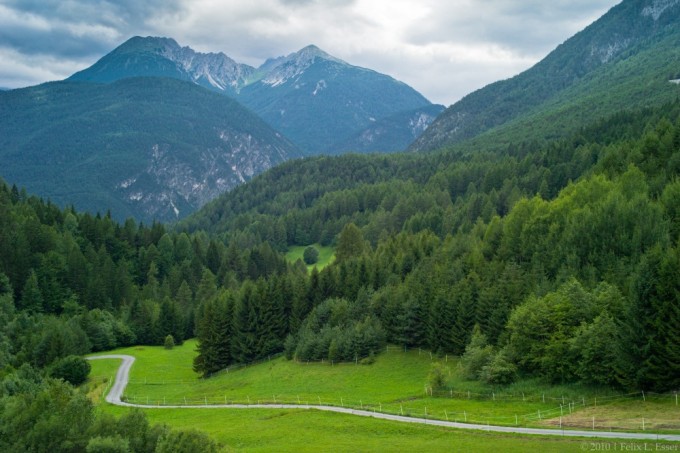
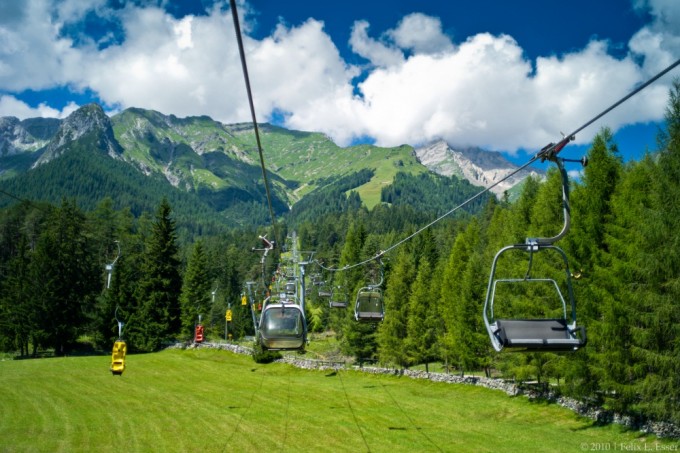
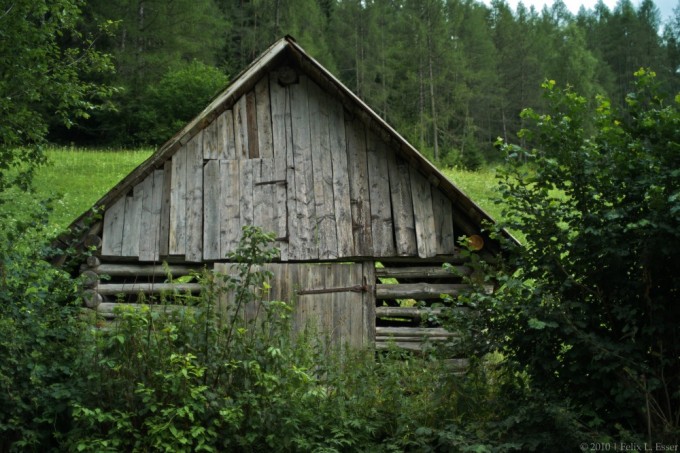
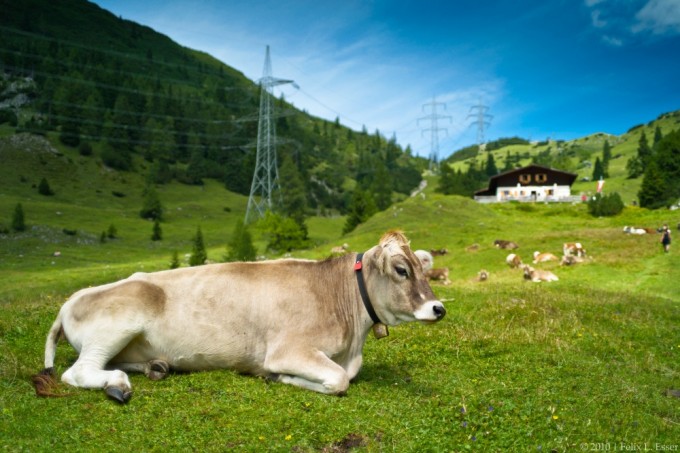
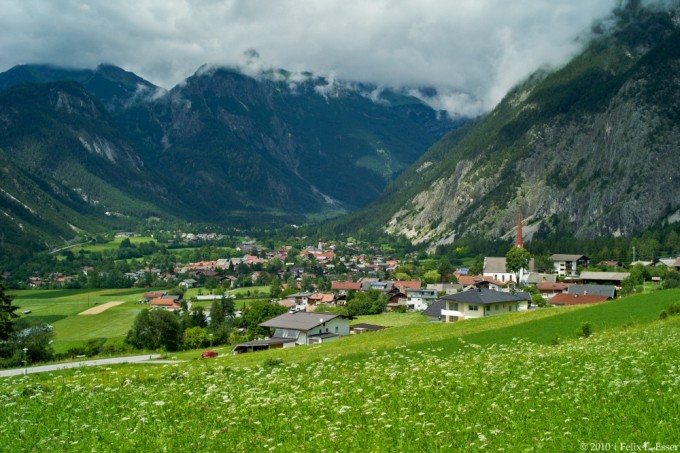
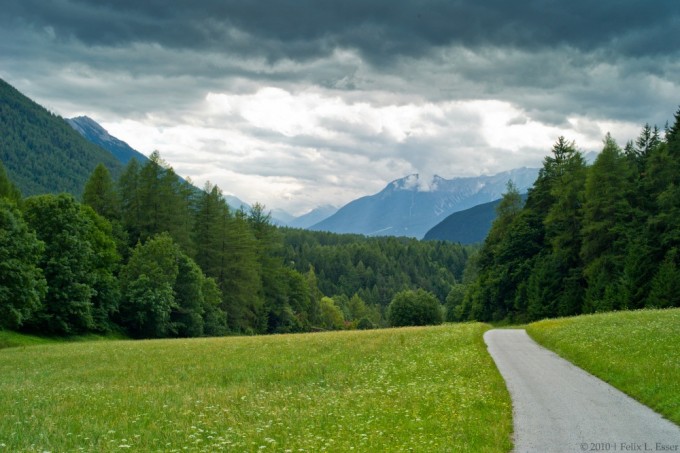
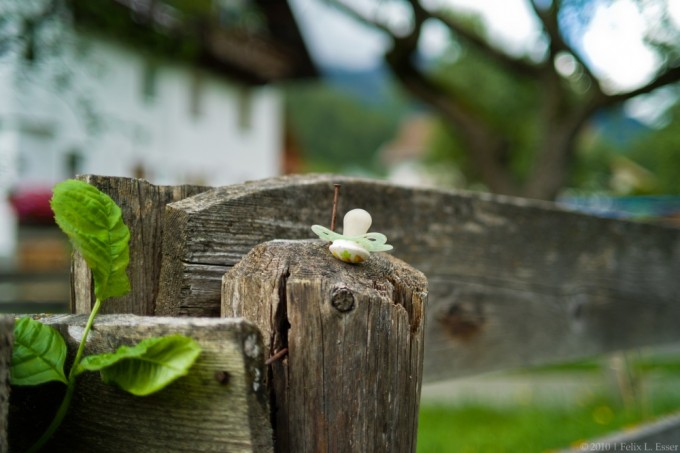
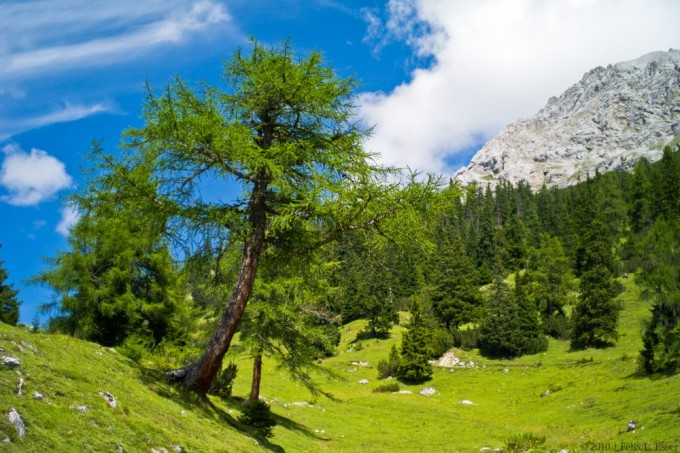
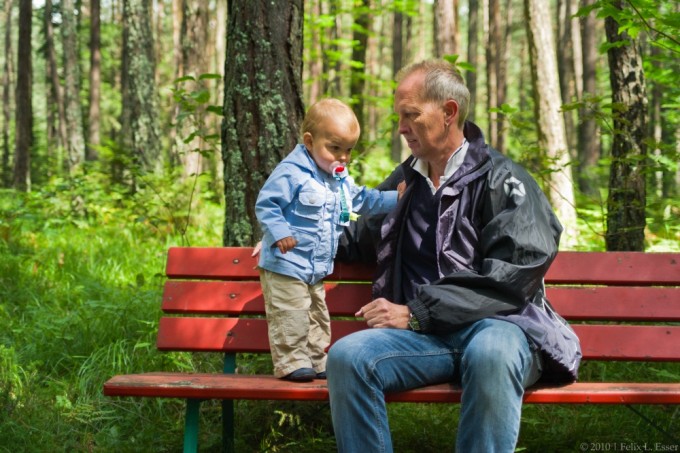
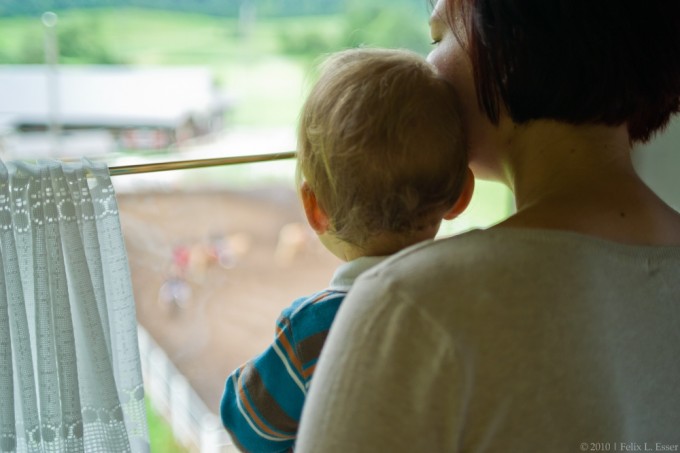



These are genuinely wonderful ideas in on the topic of blogging.
You have touched some good factors here. Any way
keep up wrinting.
Felix, personally I love the photos. They are all well composed and usually my style is to slightly over process color images. I like an image with vibrant colors. That is the beauty of digital photography. You get to make the image exactly how YOU like it. Thanks for posting them Steve!
Troy, thanks for your kind words — it is very nice to receive comments that help build confidence in what one does. On the other hand, I take critical comments just as serious, as I am sure they can only help me improve.
I guess in the end it doesn’t matter (that much) what one does and how one does it, there’ll always be those who’ll like it and those who won’t — all that matters is that YOU love what you’re doing.
Btw, I really like your honest portraits!
Awesome photos! I have an M8 and torn between a 35mm or 28mm biogon lens. Do you have any recommendations?
Thanks for sharing.
Thank you!
As to the lenses — Sadly I can’t give you any advice, as I’ve only been using the 35 Biogon, and my current 28 is a Voigtländer Ultron. But maybe someone else has something to say?
Hi Moderrockstar
I am using the Zeiss 25mm f2.5 on the M9 and I am very impressed – well worth a look Steve does a review on it here
Kind regards
Roy
apologies
That was the 25mm f2.8 Biogon !
Felix, I like your photos very much, thank you for sharing them. There are so often just b&w posts in the leica world or way desaturated shots so it’s nice to have the bright Austrian colours for a change.
I also like the framing and think this is a very lively (and lovely) set.
Best regards!
Eric.
Thanks for your kind words, Eric!
Interesting to see that even simple landscape shots can be so polarizing 😉
Nice pictures! But in my opinion for the landscape photos a wide angle lens would be the better choice.
I don’t think landscapes necessarily need to be shot with wide angles, as sometimes you’d want to shoot just a crop of the scene. In fact, great landscape photographers have always been using lenses from wide-angles to telephoto, depending on what they intended to capture and how.
Also, at that time the Biogon was my only lens. On our next trip I might bring along a 15mm 🙂
@Will: While the Biogon-C is probably sharper at 2.8 and smaller, it also vignettes more heavily at f/2.8 than the Biogon-C does at f/2. While the Biogon isn’t known for being the sharpest wide open in the center, it is ‘the’ most consistent lens across the entire frame in 35mm at f/2 in the M mount format. The only thing sharper would be the Zeiss ZF 35/2, the best 35mm f/2 lens I’ve ever used.
Great website Kristian! Great photos in it.
Thanks Armanius
I agree that the 35 f2 version is indeed hands down sharper than the 2.8 version I just found that the 2.8 produced better results, IMO it had a nicer draw to it.
I had both for quite a while and had a tuff time working out which to sell, in the end I sold both after getter a crazy deal on a 35 Cron ASPH, although I would still say that the Zeiss was sharper than the Cron.
But it’s not all about sharpness
Felix, honestly, don’t use uncoded lenses on the M8. And neither oversaturation nor B&W transformation make boring shots exciting. Don’t be anxious of getting closer to your subjects, don’t shoot them from their back, don’t strive for “completeness” (the whole cow, the whole hut, the whole child on the bench, the whole tree).
Well, everyone has a different taste, so what you find “boring” might still work for others. But your tips are appreciated, as I’m still at the very beginning of developing my own photographic style.
I have to agree, the Zeiss is a great combination with the M8. I recently got the Zeiss 50/2 Planar as my other lens, but I still go with the 35/2 Biogon most of the time.
For more examples of the M8+Biogon, check out my Flickr account (http://www.flickr.com/photos/mondogonzo/), and for examples of the Biogon with an M6 check out the excellent photostream by David Manning (http://www.flickr.com/photos/davids_silvershots/) – he’s what got me into getting my Biogon in the first place.
The photo of bessy the cow was also my favorite. Nice sense of depth on it.
It’s also one of my favourites 🙂
Loved the 4th photograph, were there any post processing on that one?
I shoot DNG, so there’s generally some processing. In these pictures, there was quite a lot, mainly curves and colours, and also some additional darkening of the sky.
Thank You for your comments on this lens and on your family’s vacation spot.
Thanks for reading! 🙂
way too much PP work on shots 2, 4 and 8.
I had the Zeiss 35 f2 and used it on M8 for quite a while, its a great lens but I though that the f2.8
versions was better
I disagree on the PP, the colours are very saturated but it doesent detract from the image.
Will,
in retrospective, I think I overdid the pp on some of the shots. I think I’d process them a bit more conservatively now. But at that time, I was new into Lightroom and exploring all the possibilities … 🙂
I didn’t realise that these were your’s Felix, they don’t look like your usuall work, which by the way I do enjoy viewing, I quite like the 28 f1.9 you just got, has a nice draw to it
Thanks, Will!